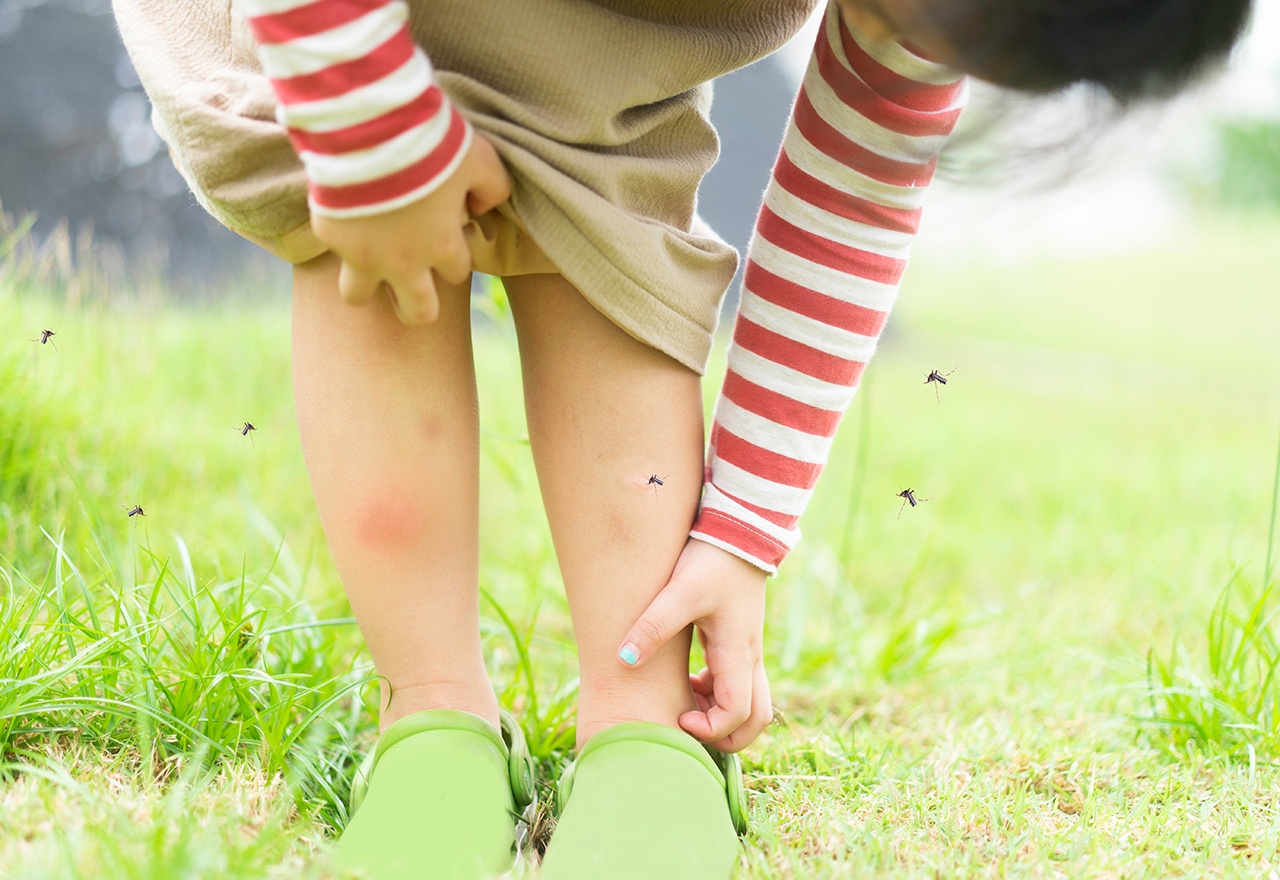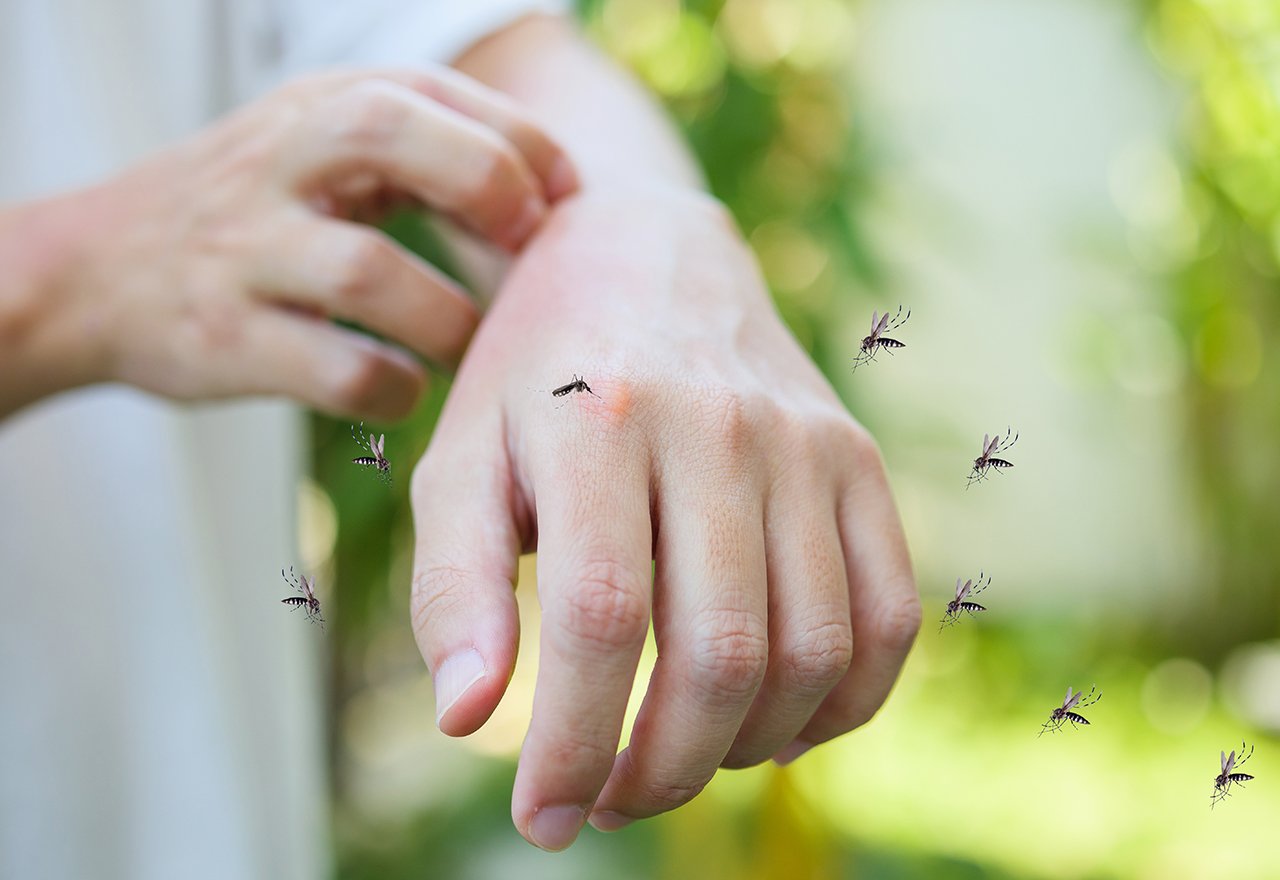
Enjoy Your Yard Without Bugs and Without Chemicals
Fight bugs and pests around your yard without chemicals. You don’t want to be bitten by ticks, eaten for dinner by mosquitoes, or have ants enjoying your food! You also don’t want chemicals, and that's where Good Nature can help. Instead of synthetic chemical insecticides, such as pyrethroids and neonicotinoids, we use natural plant extracts to keep pesky bugs from ruining your day. Our Yard Bug Barrier Program includes 4 applications applied throughout the Summer to suppress biting bugs in your yard.

Eat outside, don't be eaten! Enjoy your time in the yard without being attacked by Mosquitoes! Our all-natural Yard Bug Barrier spray, made from Garlic, can repel Mosquitoes and other flying insects from your yard for up to four weeks. It may smell a little bit like a pizzeria for an hour or two, but after that, the scent will become undetectable to humans. You can also purchase Mosquito Barrier, which is an all-natural Mosquito repellent that utilizes the natural sulfur in Garlic to repel insects, including Mosquitoes, Ticks, Fleas, and even Black Flies.

Ticks and Fleas aren’t just a nuisance—they can also pose serious health risks to both pets and people. Ticks can transmit Lyme disease, while Fleas can quickly infest your home by hitching a ride on your pets. As these pests become more prevalent in the Midwest, it’s important to protect your outdoor spaces—without resorting to harsh chemicals. Good Nature’s Yard Bug Barrier Program offers a safe, effective alternative. Our applications use natural Garlic to repel Ticks and Fleas throughout the season, helping you create a yard that’s safer for your family, your pets, and the environment.

Chemical insecticides can pose significant health and environmental risks, affecting not only targeted pests but also humans, pets, birds, and beneficial insects like bees. One widely used class of insecticides, synthetic pyrethroids, is often marketed as being derived from or comparable to the natural insecticidal compounds found in Chrysanthemum flowers, known as pyrethrins. However, this comparison is misleading. While natural pyrethrins break down rapidly in the environment and pose relatively low toxicity to humans and wildlife, synthetic pyrethroids are chemically engineered to be more stable and persistent, making them more toxic and environmentally disruptive. You can learn more from the Beyond Pesticides article, Harmful Impact of Synthetic Pyrethroids.
